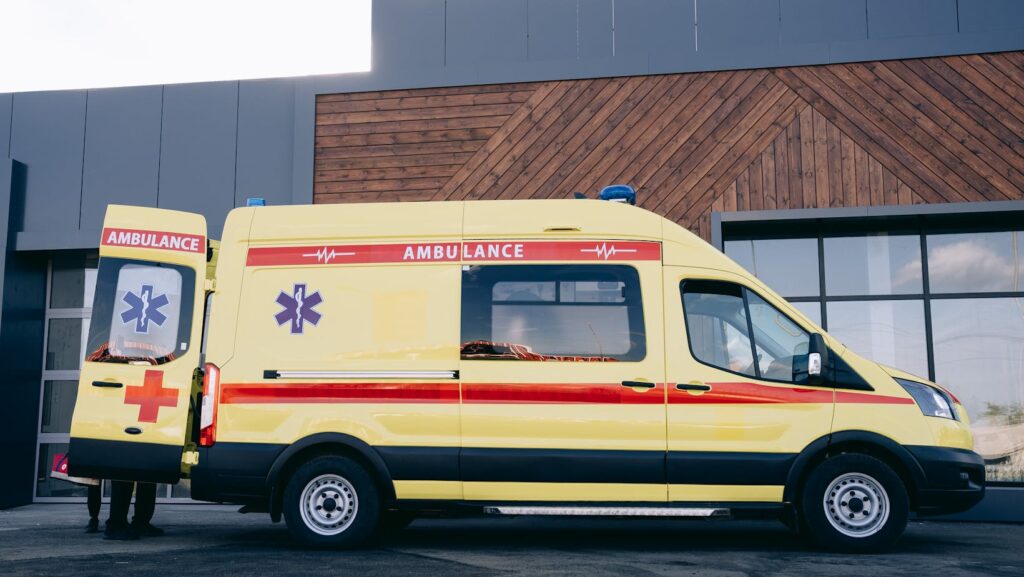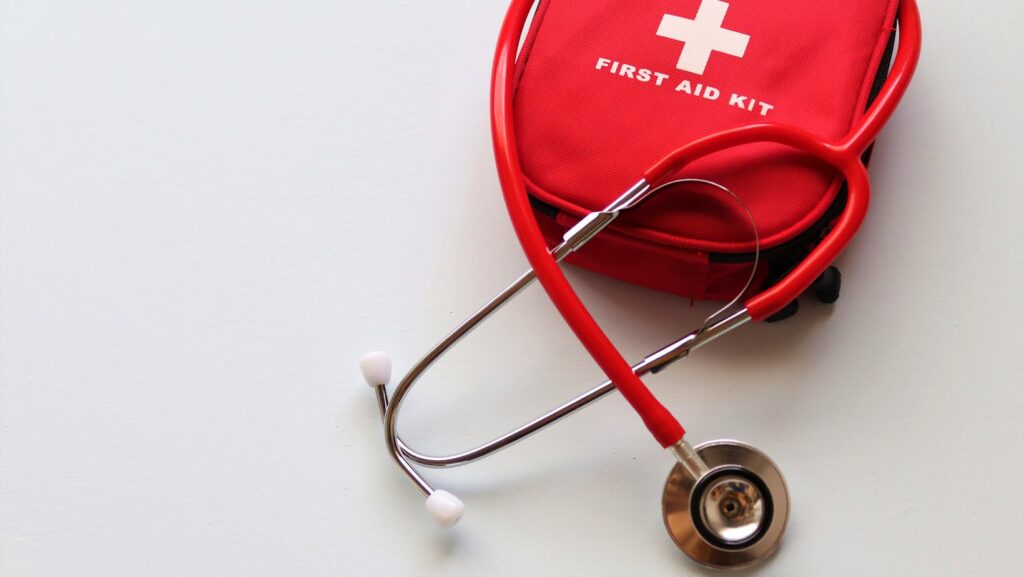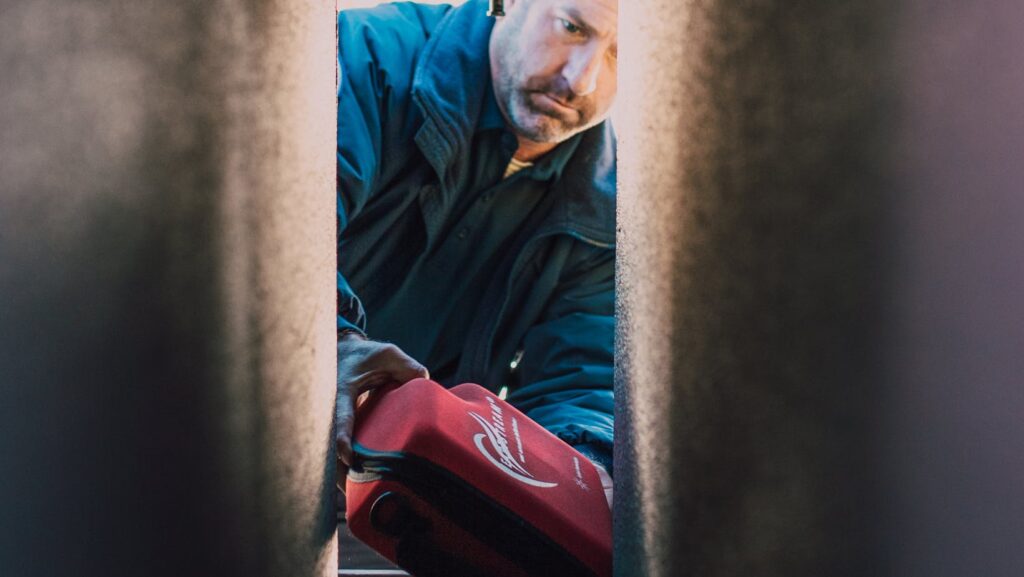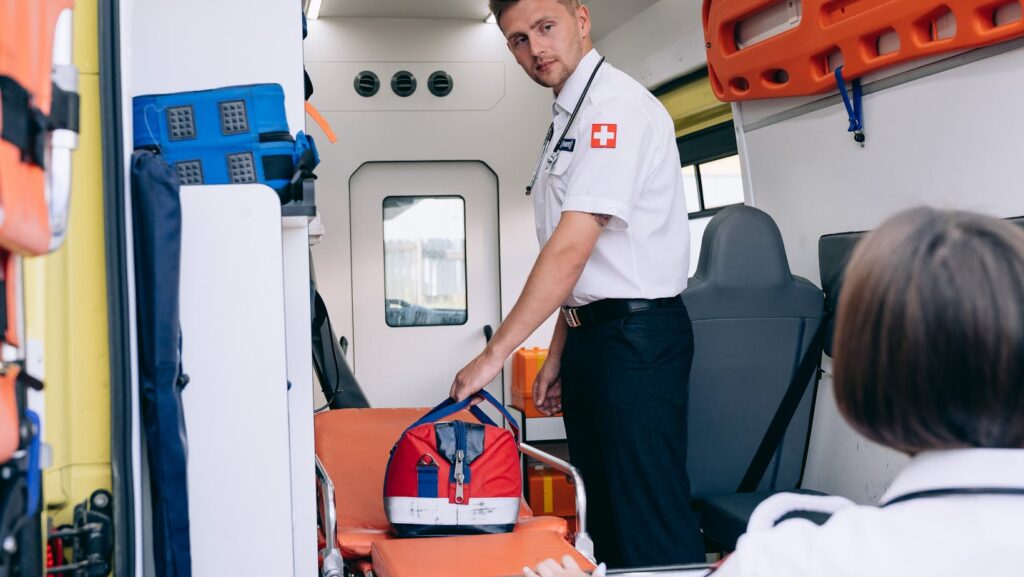Imagine this: you’re in the middle of a normal day when suddenly, a disaster strikes. It could be a hurricane, an earthquake, or even a pandemic. Are you prepared? readiness for disaster isn’t just about having a first aid kit stashed in a cupboard. It’s about being mentally and physically prepared to face any calamity that comes your way.
Readiness for Disaster

Probing into the depth of readiness for disaster, it’s critical to comprehend its meaning and underline its significance in the current global scenario.
Disaster preparedness, as the term suggests, implies readiness ahead of any disastrous event. It revolves around strategic planning, having emergency procedures in place, and gathering necessary supplies. Not confined only to natural disasters, it extends to man-made disasters like industrial accidents, cyber attacks, and even terrorist threats. By focusing on preparedness, people can mitigate impacts, reduce trauma, and recover more quickly when calamities strike.
Key Components of Disaster Readiness
A robust plan and procedure structure stand as the bedrock of disaster readiness. It includes devising emergency action plans, conducting drills, establishing efficient communication channels, and setting up shelter or evacuation routes. For instance, the Federal Emergency Management Agency’s guide on emergency procedures offers great insight into designing effective plans, accentuating family meetings to discuss the plans, and regular practice.

A well-equipped emergency kit forms the second critical component of disaster readiness. Such a kit packs tangible items which become lifelines during a disaster, like food, water, first-aid materials, hygiene products, medications, and essential documents. The Centers for Disease Control and Prevention (CDC) lays out a comprehensive checklist for personal kits, recommending provisions to last for at least 72 hours post-disaster.
Preparing Communities and Individuals
Role of Community in Disaster Preparedness
Communities play a pivotal part in disaster preparedness. A collective response tends to be more effective during crises, appealing to the nature of societal unity. As a primary unit of society, communities furnish immediate support and resources. For instance, community members can share responsibilities, help each other to evacuate, offer emergency shelter, and distribute emergency supplies.
Furthermore, a well-coordinated community can implement early warning systems, providing life-saving information. The importance of community in disaster preparedness becomes clear when understanding many disasters – like wildfires or hurricanes – can affect entire regions, making a unified community response crucial.
Personal Preparedness Steps
On an individual level, proper preparation contributes significantly to personal safety and the capacity to aid others in times of disasters. Personal preparedness includes developing a disaster plan and equipping oneself with essential skills and supplies.
Creating a disaster plan pertains to knowing evacuation routes, marking safe spots at home, and having a communication plan in case traditional lines of communication, like phone lines, are disrupted. Attending disaster preparedness seminars or drills organized by local authorities can greatly enhance an individual’s knowledge and skills, emphasizing the importance of fire suppression methods, first aid, and survival techniques.

Stockpiling essential supplies, such as food, water, medical kits, and basic survival equipment, is another vital aspect of personal preparedness. In case of a disaster, these supplies serve as a lifeline, particularly in the early days when outside help might not reach immediately.
By pondering upon these aspects, preparing communities and individuals becomes an essential part of a robust disaster readiness plan. Not only does it ensure the survival of individuals, but it also strengthens the community’s resilience against future calamities.
The Power of Preparedness
Readiness for disaster isn’t just a concept—it’s a vital part of our lives. It’s about being proactive, equipped, and resilient in the face of adversity. The Sendai Framework’s insights and the focus on Planning and Procedures, as well as Equipment and Supplies, are crucial in this endeavor. They’re not just guidelines—they’re life-saving tools. Communities play a pivotal role, serving as the backbone of support and early warning systems. But it doesn’t stop there. Personal preparedness is equally important. Every individual’s disaster plan, skills, and supplies can make a difference. So let’s not underestimate the power of readiness.

